We're talking about metals here. Typically, an object of metal does not consist of molecules. It consists of metal atoms, all grouped together. This is shown in the picture below:

The red circles are electrons. As you can see, you can't really say to what atom an electron 'belongs'. These electrons form the connections between the atoms - so they belong to two atoms.
Now, when a current starts flowing, these electrons indeed move. When a current flows, energy is transferred. Since the atoms can't move easily, the electrons have to move.
You can see this in the unit Ampere of current as well: 1 ampere equals 1 Coulomb per second. The Coulomb (C) is the unit of charge (Q). 1 Ampere means 1 Coulomb of charge passes a certain point in 1 second. This charge is produced by the electrons that actually flow from object one to object two.
When we're talking about DC current (normal battery-powered application, for example), these electrons will not return to their source. Consider this circuit:

At the beginning, there's a difference in charge between the negative and the positive pole: the negative pole has a surplus of electrons. This creates a force (voltage), and since there's a link between the two poles (the wire and the bulb), the electrons start to flow. The electrons move from the negative pole through the bulb to the positive pole, until there's no difference in charge anymore (or it's that little that it won't cause a current to flow).
You can now see that these electrons did not return to their source: they started at the negative pole and ended at the positive pole.
We call this a closed path because there's a circle: current starts at the battery and ends at the battery. There's confusion because the battery actually exists of two objects: the positive and the negative pole.
Look at this circuit (which is basically the same, but with a capacitor instead of a battery and a resistor instead of a bulb):

Current flows from the right side of the capacitor (negatively charged, electrons surplus) through the resistor to the left side of the capacitor (positively charged, electrons shortage). Here, the capacitor plates are separated, so you can easily see that it actually isn't a closed path.
We just call it a closed path, because current starts and ends at the capacitor.
Since the electrons don't really have to return to their base, you can now understand that electrons can flow into the earth as well. This is also what happens with lightning. Electrons flow from the clouds to the earth (or the other way around, I wouldn't know), just to neutralize the difference in charge.



